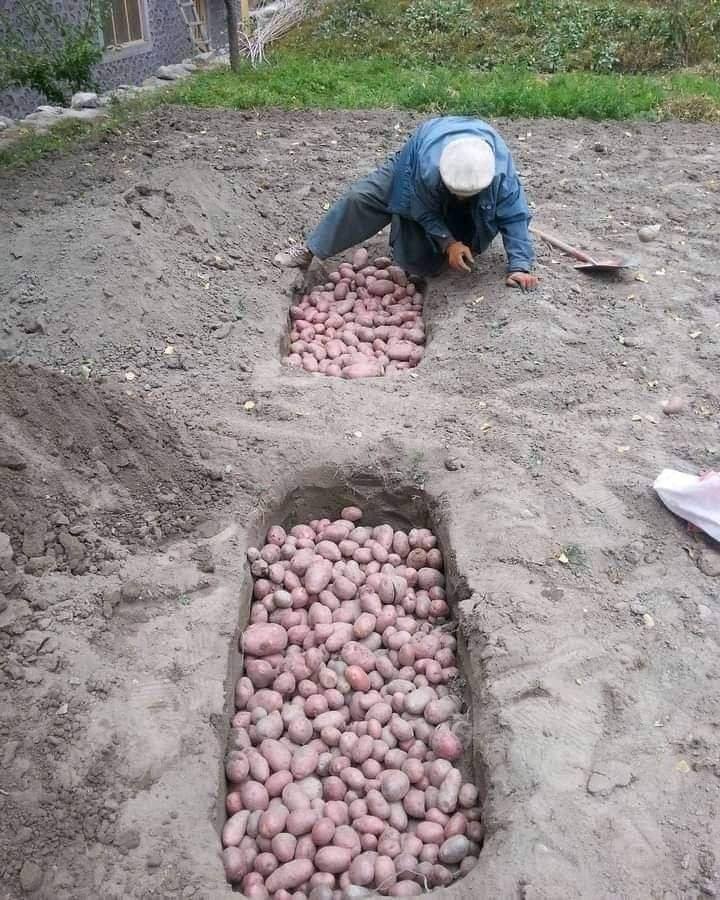The traditional agricultural practices of Hunza’s Gojal Valley have preserved an ancient, sustainable technique of potato storage that is vital to communities across the Gilgit-Baltistan region. This method, born out of necessity and refined over centuries, is characterized by its simplicity and effectiveness and allows the potatoes to remain fresh and usable for several months, even in harsh winters. Here is a more detailed examination of this ancient technique and how it can influence modern storage practices.
A closer look at the technology:
Harvest and selection:
In the Gojal Valley, farmers carefully harvest potatoes, selecting those that are undamaged, disease-free and sufficiently ripe. This careful selection is crucial because damaged or unripe potatoes can affect the overall shelf life of the batch.
I learned Tajweed and made millions happy! What you don’t know about the singing lady, Fayrouz
Limelight Media
Actors of the TV series “Twenty Twenty” exchange compliments
Limelight Media
After selection, the potatoes are prepared for burial. They are carefully cleaned to remove any dirt and then left to cure for one to two days. This curing process allows any cuts or bruises on the potatoes to heal, reducing the risk of rot during storage.
Burial process:
Farmers then bury these cured potatoes under the frozen soil before the start of winter. The potatoes are placed in a pit and lined with straw to insulate them and absorb excess moisture. The pit is then covered with a thick layer of earth, which acts as a natural barrier and protects the potatoes from external influences and pests.
Natural cooling:
The frozen earth serves as a natural refrigerator and ensures constant cold and high humidity. These conditions slow down the metabolic processes of potatoes, preserve their freshness and prevent germination.

